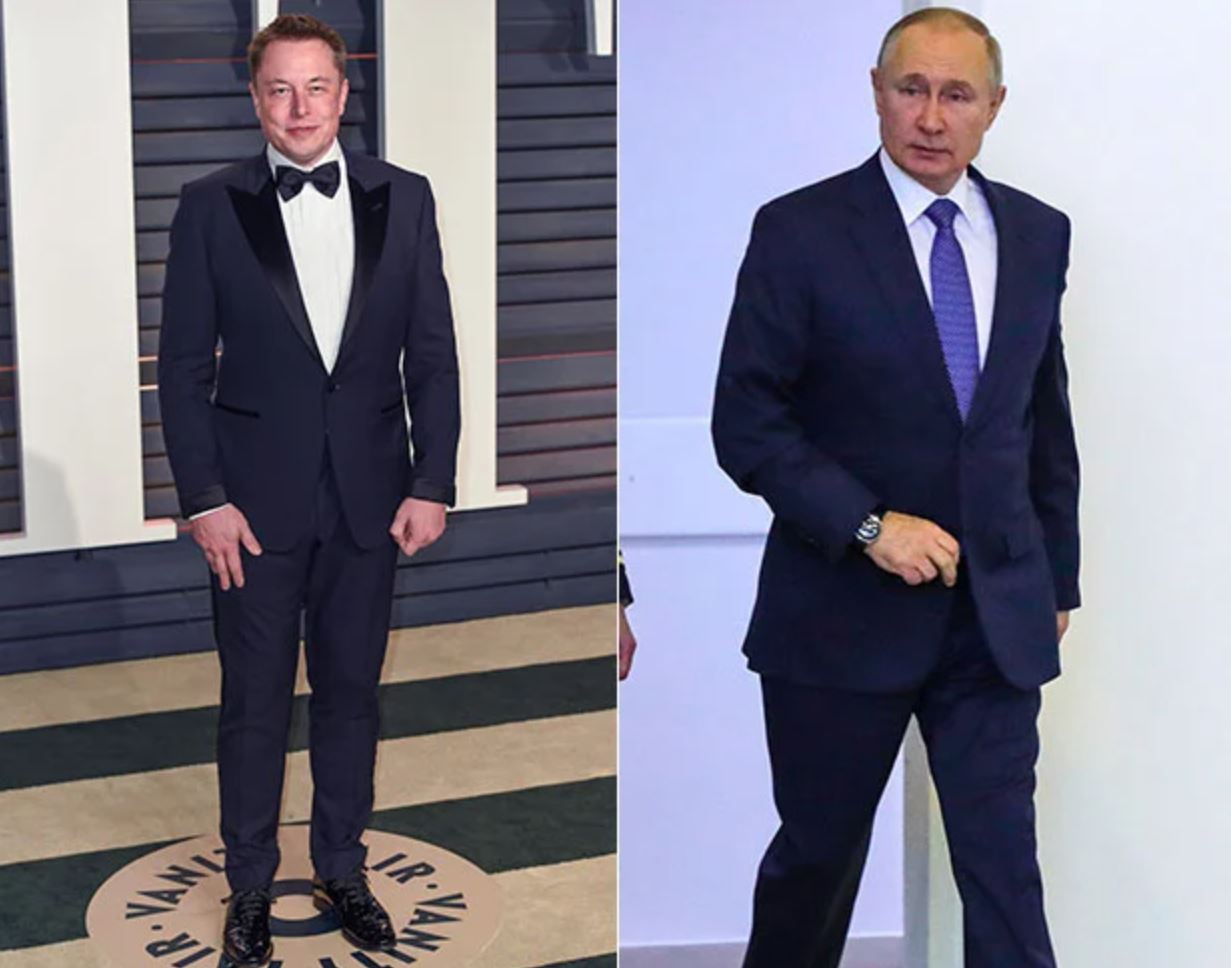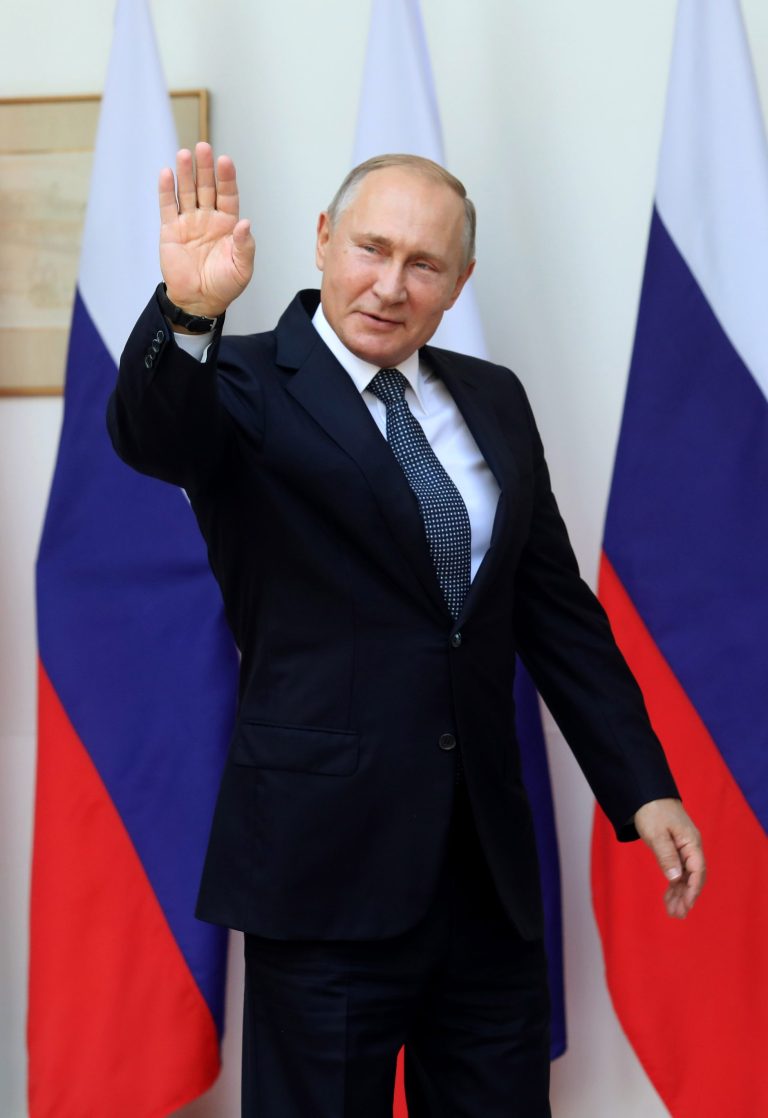Decoding Putin's Height: Why His Height In Inches Matters? Facts
Does stature truly dictate power? In an era dominated by image and perception, the seemingly inconsequential detail of a leader's height can ignite a firestorm of speculation and analysis. The case of Vladimir Putin, President of Russia, is no exception, where his height in inches becomes a talking point, revealing intriguing insights into how physical attributes intertwine with the complex tapestry of leadership and global influence. Height, often subconsciously, shapes our initial impressions, influencing perceptions of authority and charisma. While seemingly trivial, knowing Putin's height illuminates the subtle ways in which leaders navigate the world stage, challenging or reinforcing traditional notions of power.
This exploration transcends mere measurement, venturing into the realms of psychology, sociology, and political theater. We will analyze Putin's height in the context of his leadership style, media portrayal, and comparisons with other world leaders. By dissecting this seemingly minor detail, we uncover deeper truths about the role of physicality in shaping perceptions of power and the multifaceted nature of leadership itself. So, let's unearth what significance knowing Putin's height in inches brings to the global discourse.
| Detail | Information |
|---|---|
| Name | Vladimir Vladimirovich Putin |
| Date of Birth | October 7, 1952 |
| Place of Birth | Leningrad, Soviet Union (now St. Petersburg, Russia) |
| Height in Inches | 5 feet 7 inches (67 inches) |
| Political Party | United Russia |
| Occupation | Politician, Lawyer, Former Intelligence Officer |
| Spouse | Lyudmila Putina (m. 1983; div. 2014) |
| Children | Maria Vorontsova, Katerina Tikhonova |
| Net Worth | Estimates vary widely; official figures are not publicly available. |
| Education | Saint Petersburg State University (Law Degree), KGB Academy |
| Military/Intelligence Career | Served as a KGB foreign intelligence officer for 16 years, rising to the rank of Lieutenant Colonel. |
| Political Career |
|
| Awards and Honors | Numerous Russian and international awards, including the Order of Alexander Nevsky and the Legion of Honour (France). |
| Reference | Official Website of the President of Russia |
Vladimir Vladimirovich Putin, a name synonymous with power and strategic acumen, has been a central figure in Russian politics for over two decades. Born in Leningrad (now St. Petersburg) in 1952, his journey from a KGB intelligence officer to the President of Russia is a narrative of ambition, calculated moves, and unwavering resolve. Having served as President from 2000 to 2008, and again since 2012, with a stint as Prime Minister in between, Putin's influence on Russia's domestic and foreign policy is undeniable. His leadership style, characterized by a blend of assertive nationalism and pragmatism, has garnered both fervent support and staunch opposition, positioning him as a pivotal player on the world stage.
- Anna Ralphs The Comedic Genius Amp Her Inspiring Journey
- Breaking Is Jason Derulos Mom Still Alive The Truth Revealed
Putin's height is frequently cited as 5 feet 7 inches, or approximately 170 cm. This detail, while seemingly superficial, has nonetheless become a recurring point of discussion in the media and public discourse. In many Western societies, where average male height tends to be slightly greater, Putin's stature can be perceived in various ways, influencing interpretations of his leadership presence. The fascination with his height underscores the broader societal preoccupation with physical attributes and their perceived correlation with power and influence.
Comparing Putin's height with that of other prominent world leaders offers an interesting perspective. For instance, former U.S. President Barack Obama stands at approximately 6 feet 1 inch, while Donald Trump is even taller, at 6 feet 3 inches. In contrast, figures like Angela Merkel, the former German Chancellor, are closer to Putin's height, standing around 5 feet 6 inches. Canadian Prime Minister Justin Trudeau towers over Putin at 6 feet 2 inches. These comparisons highlight the diversity in physical statures among global leaders and prompt questions about how these differences may affect their interactions and public image. However, it is crucial to remember that height is just one element in a complex equation, and true leadership is defined by a multitude of qualities beyond physical dimensions.
Does Putin's height matter in the grand scheme of politics? This question cuts to the heart of our fascination with the physical attributes of those in power. While studies suggest that taller individuals are often perceived as more commanding and authoritative, this is not a universal truth. Ultimately, a leader's effectiveness hinges on their actions, decisions, strategic vision, and ability to connect with people. Putin has demonstrably wielded significant influence through a combination of calculated political maneuvering, skillful communication, and a strong sense of national identity. His height, therefore, is just one piece of the puzzle, often overshadowed by his tangible achievements and perceived strength.
- All About Jung Somin Husband Child Family Life Explored
- Who Is Travis Kelces Wife All About Kayla Nicole
Body language plays a pivotal role in leadership, often compensating for perceived physical shortcomings. Putin is known for his confident posture, direct eye contact, and assertive demeanor, which project an image of strength and decisiveness. These non-verbal cues can be just as impactful, if not more so, than physical stature. Leaders strategically use body language to convey authority, inspire confidence, and establish dominance in various settings. Putin's mastery of these techniques has undoubtedly contributed to his ability to command respect both within Russia and on the international stage.
The media's portrayal of Putin's height has been varied, ranging from subtle observations to outright mockery. Articles, memes, and social media discussions have often highlighted his stature, sometimes employing visual tricks or comparisons to create a particular impression. It's important to recognize that these portrayals are often subjective and reflect prevailing societal biases and stereotypes. While the media plays a crucial role in shaping public opinion, it's equally important to critically assess these representations and avoid reducing a complex individual to a single physical attribute.
Beyond his height, other elements of Putin's physical presentation contribute to his carefully cultivated image. His well-maintained physique, often showcased in carefully chosen public appearances, reinforces an image of vigor and vitality. His choice of attire, typically formal and understated, conveys a sense of authority and seriousness. These elements, meticulously managed, work in concert to project a particular image of strength and control, reinforcing his position as a powerful leader.
Putin's rise to power was marked by a series of strategic appointments and political maneuvers. After a career in the KGB, he transitioned into politics, serving in various roles under President Boris Yeltsin. His appointment as Prime Minister in 1999 catapulted him to the forefront of Russian politics, and upon Yeltsin's resignation, he became Acting President. He subsequently won the presidential election in 2000, solidifying his position as the leader of Russia. His political career has been characterized by a strong emphasis on national unity, economic stability, and restoring Russia's standing on the world stage.
Putin's domestic policies have focused on strengthening the Russian state, promoting economic growth, and improving social welfare. He has implemented reforms in areas such as healthcare, education, and pensions. However, his policies have also been criticized for their impact on political freedoms and human rights. Under his leadership, Russia has seen a centralization of power and a tightening of control over media and civil society. These policies have sparked both support and opposition within Russia, highlighting the complex and often contradictory nature of his leadership.
On the international stage, Putin has pursued a foreign policy aimed at reasserting Russia's influence and protecting its national interests. He has been a vocal critic of Western policies and has sought to strengthen ties with countries outside of the Western sphere. His actions in Ukraine, Syria, and other regions have drawn international condemnation and have led to strained relations with many Western countries. Despite these challenges, Putin remains a key player in global affairs, shaping international relations and influencing the course of world events.
The legacy of Vladimir Putin will undoubtedly be a subject of debate for years to come. His supporters credit him with restoring stability and pride to Russia after the turbulent years following the collapse of the Soviet Union. They point to his efforts to strengthen the economy, improve living standards, and reassert Russia's role as a major world power. Critics, on the other hand, accuse him of authoritarianism, human rights abuses, and undermining democratic institutions. They argue that his policies have come at the expense of political freedoms and have fueled tensions with other countries. Regardless of one's perspective, it is undeniable that Vladimir Putin has left an indelible mark on Russia and the world.
The focus on physical attributes, like height, can sometimes overshadow the complexities of a leader's character and policies. It's crucial to look beyond superficial traits and assess leaders based on their actions, decisions, and the impact they have on their countries and the world. While physical appearance may play a role in shaping initial impressions, it is ultimately a leader's substance that determines their lasting legacy.
In the final analysis, Vladimir Putin's height in inches, while a topic of recurring interest, represents a small facet of a much larger and more complex individual. Standing at 5 feet 7 inches, he may not embody the traditional image of a towering leader, yet he has undeniably carved out a significant place in global politics through his strategic acumen, resilience, and ability to navigate intricate international landscapes. Understanding how height influences perceptions of leadership enables us to appreciate the multifaceted nature of leadership beyond mere physical attributes and encourages a more nuanced understanding of the individuals who shape our world.
The term "Putin's height in inches" serves as a focal point for understanding the broader context of physical perception and leadership. By dissecting this seemingly trivial detail, we gain valuable insights into the multifaceted nature of power and the complex interplay between physical attributes and political influence. This noun phrase encapsulates the central theme of this exploration, inviting us to delve deeper into the fascinating world of leadership and perception.
- Unveiling Gigi Perezs Sailor Song Lyrics A Deep Dive
- What Is Slope Unblocked Your Guide To Unblocked Games Fun

Vladimir Putin Height

Russian President Vladimir Putin Height G20 World Leaders Height

Vladimir Putin Height How Tall is The President of Russia? Hood MWR